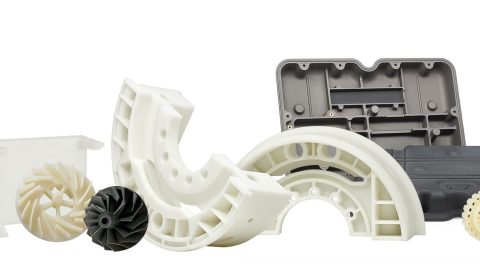
With a history dating back to the 80s and started being used in many countries since 1997, Rapid Prototyping Engineering is now widely used in many industries. With superior features, this technology has helped manufacturing engineers reduce machining time, quickly meet customer needs.
In many fields, especially in the mechanical field, at the preliminary design stage, the creation of a model model made of metal or nonmetal materials in 1/1 scale or scaled form for consideration of shape, evaluating the structure for the design selection is a regular activity to perform. However, this process takes a lot of time, effort and materials but the accuracy of the sample is not high. Therefore, this is the reason that Rapid Prototyping (RP) technology was born. Rapid prototyping (RP) is the process of quickly producing physical models from 3D CAD models on computers.
Depending on the size and complexity of the sample, it takes about 3 to 72 hours to create a new sample. Thus, compared to the traditional model making machine which usually takes weeks to months, it is much faster to model by RP device. In addition, this technology does not require cutting tools, no jigs, allows rapid modification and redesign of the details, and can create complex detailed models.
Nowadays, the requirement of “Time to Market (TTM)” is increasingly shortened. Products of good quality must be low cost and meet the tastes of consumers. With these requirements, rapid prototyping is an indispensable step in the production process to shorten time to market and reduce costs. Rapid prototyping helps manufacturers quickly assess their final product on the following criteria: Design, ideas, design messages; test user functions, user convenience, etc; check technical errors (accuracy, eccentricity, surface error, assembly error, etc). The shorter the time it takes to bring products to market, the higher the profit. There are a number of trends in the application of rapid prototyping technologies in the fields of:
In the following section, we will continue to explore popular rapid prototyping technologies around the world
Source: Rapid Prototyping wiki